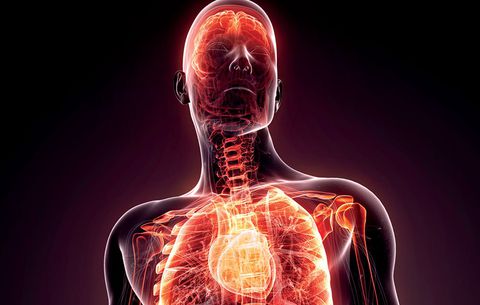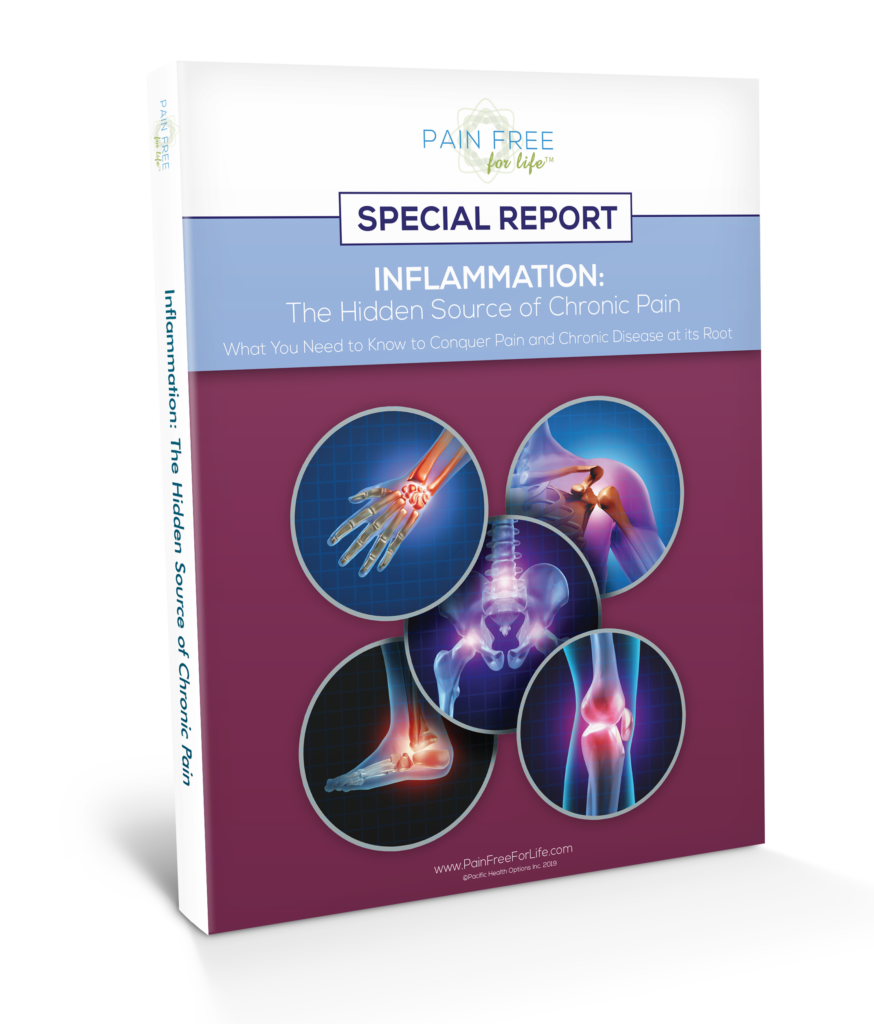
Almost all chronic disease involves inflammation. This fact has been so thoroughly researched and scientifically verified that it has even appeared on the cover of Time magazine and covered by the Wall Street Journal as well as on our own blog. Pain, too, is something that many chronic diseases have in common.
So what’s the connection between pain and inflammation?
Does treating pain help to resolve inflammation?
As much as we’d love to give you a clear answer to that question, we can’t.
That’s right. Because FDA regulations severely restrict how companies outside the Big Pharma/Big Med old-boy network can talk about this issue. And if you read between the lines of their regulations, you can easily infer that according to FDA, there is no conclusive evidence that pain and inflammation are connected.
So—officially—there’s no connection. But let’s consider this indisputable fact, and you can come to your own conclusion:
The four universally accepted symptoms of inflammation include redness, swelling, heat, and—you guessed it—pain. Right out of the standard medical definition of inflammation.
Now, we do treat pain in our protocols. As so many of our patients can tell you, microcurrent therapy in combination with the other four interactive elements of The Hache Protocol for Pain Resolution has proven itself to be a highly effective methodology for safely, effectively, and naturally relieving symptoms of pain in the body. We’ve found that it also reduces redness, heat, and swelling, and helps to restore function in afflicted areas of the body.
In short, microcurrent therapy reduces all four major symptoms of inflammation recognized by the medical establishment.
So does it treat inflammation?
We’ll let you decide.
Digging Out Pain At Its Root
Most of you who have ridden the conventional medical pain treatment merry-go-round for years can vouch that it’s very possible to treat pain without treating inflammation. That is, in fact, the standard symptom-based approach of the medical establishment: keep bombing the body with needles, drugs, and surgery, and hope that at some point you’ll bomb the pain to oblivion.
Unfortunately, that approach works about as well as trying to eliminate weeds from your garden by shearing off the leaves. We all know that unless and until you dig out the root, the weeds will keep coming back for more.
The other approach to weeds, of course, is to kill them with toxic chemicals. That can seem like a great solution—until you realize that when you douse your weeds with poison, you’re also poisoning your garden and everything that comes into contact with it – including butterflies, birds, pets, kids, and you. Just like those pharmaceutical “solutions” for pain do to your body—which is why in 2016 over 42,000 people died from prescription opioid use alone climbing to 72,000 the following year.
Even if pain meds don’t kill you, guess what? They tend to lose their effectiveness over time—Just as weeds eventually develop resistance to herbicides.
In short, if the inflammation—the root of all pain —is not addressed, the pain, sooner or later, comes roaring back—often worse than before.
If you want to go beyond just treating pain to actually resolving it, you need to dig it out at its root—and that means addressing the underlying inflammation. To give you a better idea how this works, we’ve written a special report on the topic that you can download for free. Get your copy here:






